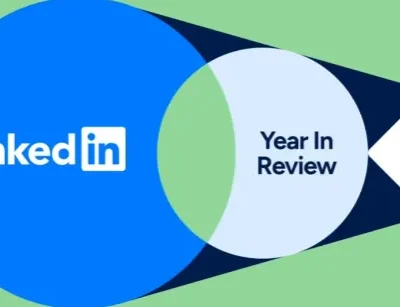This article is presented by uDirect IRA Services. Read our editorial guidelines for more information.
In today’s world, the landscape of retirement planning is shifting beneath our feet. The challenges of an aging population, an uncertain future for Social Security, and the ever-present risk of financial instability have many of us reevaluating our approach to securing our financial future.
While self-directed IRAs undoubtedly offer some exciting benefits, it’s essential to consider the broader context of retirement planning and the strategies we can employ to mitigate risk in the years ahead.
The Aging Population Predicament
One of the most significant challenges facing retirement planning in the U.S. today is the aging population. According to the 2020 U.S. Census, there are about 73 million Baby Boomers. By 2030, all boomers will be at least 65.
As this population enters retirement, the strain on Social Security and pension systems is palpable. The sheer number of retirees relative to the workforce threatens the sustainability of these programs. The result? A possible shortfall that could force us to question the future of our social safety nets.
As our population ages, there are several significant challenges to financial stability, both at the individual and societal levels, because fewer workers are supporting more retirees. We have seen many failed pension programs already.
Mitigating this risk starts with understanding that while Social Security can provide a safety net, it shouldn’t be our sole source of retirement income because it may not continue. We must take personal responsibility for our financial well-being and look for alternatives to bolster our retirement savings.
Self-Directed IRAs: A Valuable Tool
Enter self-directed IRAs (SDIRAs), a game changer in the world of retirement planning. SDIRAs, as well as self-directed 401(k)s, offer the opportunity to diversify your retirement portfolio beyond traditional stocks and bonds. This diversification can provide a much-needed cushion against market volatility and inflation, two critical factors that can erode the purchasing power of your retirement savings.
Investing in alternative assets like real estate, precious metals, or private equity through SDIRAs can potentially yield higher returns and serve as a hedge against economic uncertainties. The ability to take control of your investments aligns with the core principle of personal responsibility in retirement planning.
Beyond Self-Directed IRAs
While SDIRAs have their merits, they are just one piece of the retirement puzzle. A well-rounded retirement strategy involves a holistic approach that considers various aspects of your financial life, including the following.
Emergency funds
Maintaining an emergency fund can act as a safety net, helping you avoid tapping into your retirement savings prematurely during unexpected financial crises.
Debt management
Reducing high-interest debt before retirement can free up more of your income for saving and investing.
Lifestyle adjustments
Being open to lifestyle adjustments in retirement can help you stretch your savings further. Consider downsizing, relocating to a more affordable area, or working part-time during retirement to supplement your income.
Professional advice
Self-directed IRA providers are not investment advisors. Therefore, consulting with a financial advisor who specializes in retirement planning can provide valuable insights and a personalized roadmap to meet your retirement goals. A professional advisor might recommend whole life insurance, annuities, index funds, and more to shore up your retirement savings.
Your personal real estate holdings
Your retirement cash flow can be boosted through rental income, home equity, mortgage paydown, tax benefits, and as a hedge against inflation when house payments have fixed-rate loans.
Final Thoughts
In the grand scheme of retirement planning, self-directed IRAs are a valuable tool to consider. However, the challenges posed by an aging population and uncertain Social Security systems require a more comprehensive approach. It’s about taking personal responsibility for your financial future, recognizing the limitations of traditional retirement planning methods, and being open to innovative strategies like SDIRAs and self-directed 401(k)s.
Ultimately, the state of retirement planning today demands adaptability and forward-thinking. While self-directed retirement accounts can play a vital role in diversifying your retirement portfolio and mitigating risk, they should be part of a more extensive plan that considers all the variables at play. By embracing a holistic approach to retirement planning, we can navigate the uncertainties of the future with confidence and secure a more stable and fulfilling retirement.
This article is presented by uDirect IRA Services

uDirect IRA Services has helped thousands of Americans invest their IRA outside the stock market into real estate, land, private notes, and more to improve their financial future. Educating individual investors and professionals is the cornerstone of uDirect IRA. We do not promote any investments. Rather, we provide the knowledge, tools and information you need to make self-direction easy. At uDirect, we help you get started quickly and easily, and stay with you every step of the way.
Note By BiggerPockets: These are opinions written by the author and do not necessarily represent the opinions of BiggerPockets.




